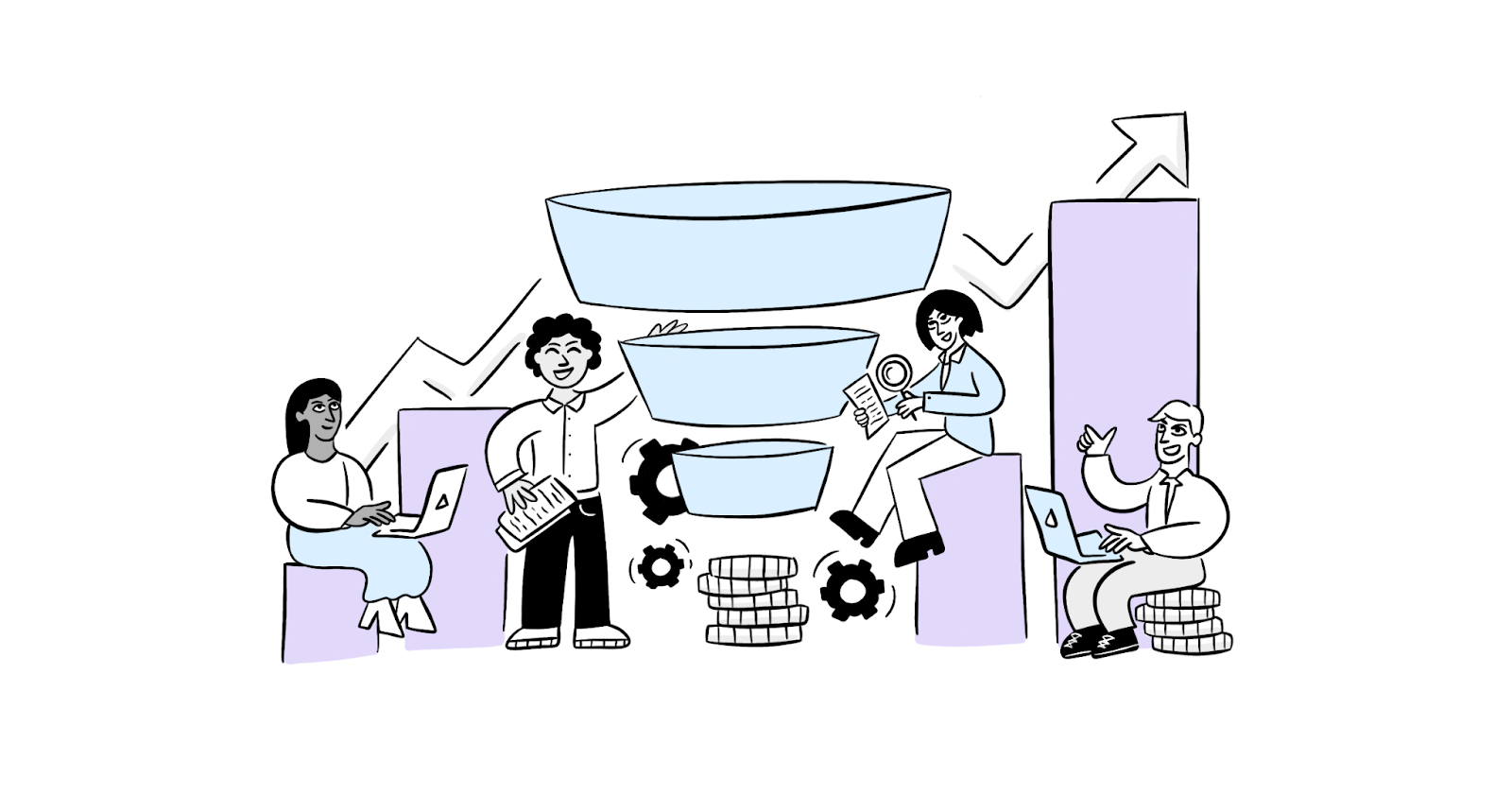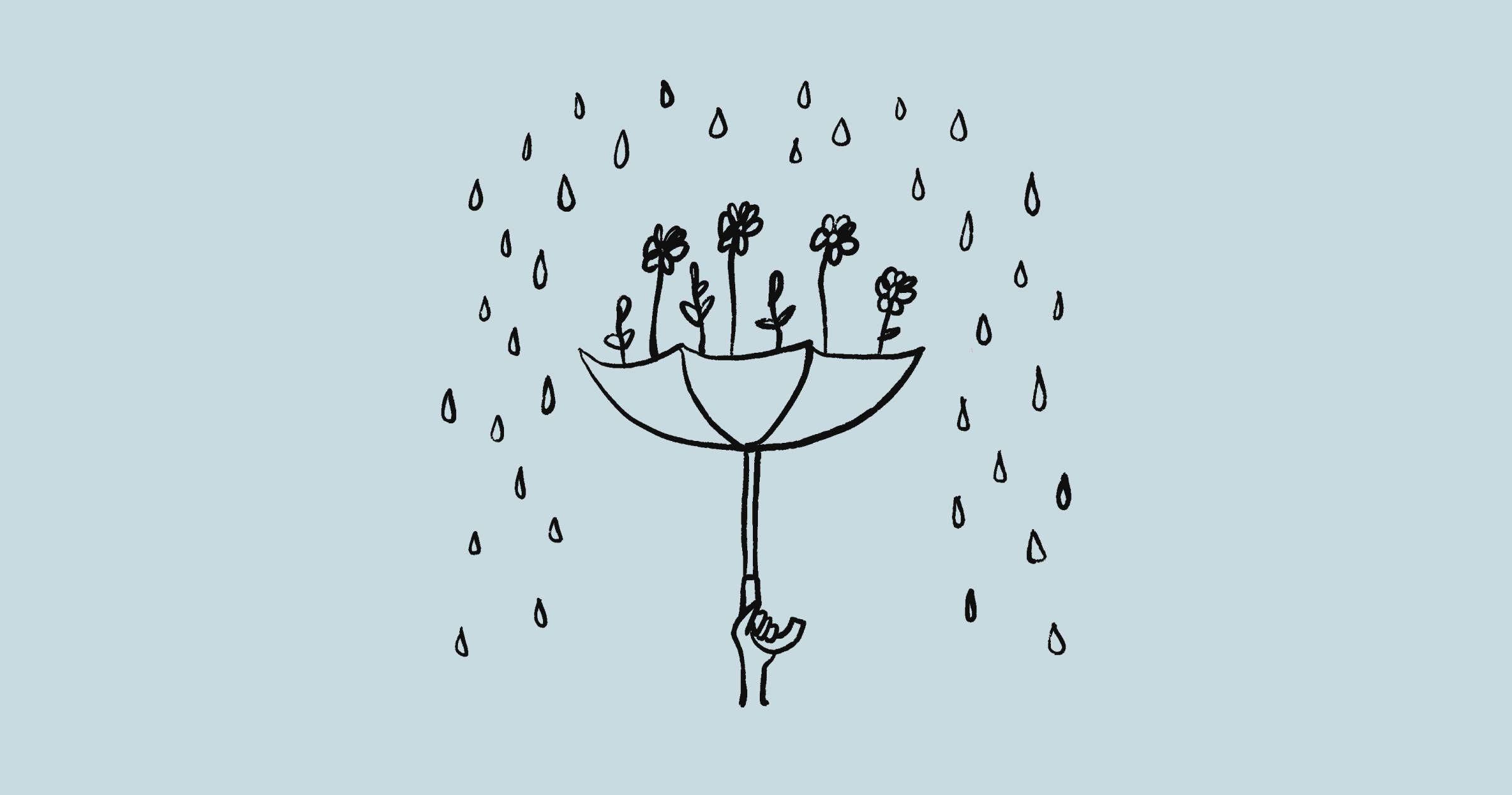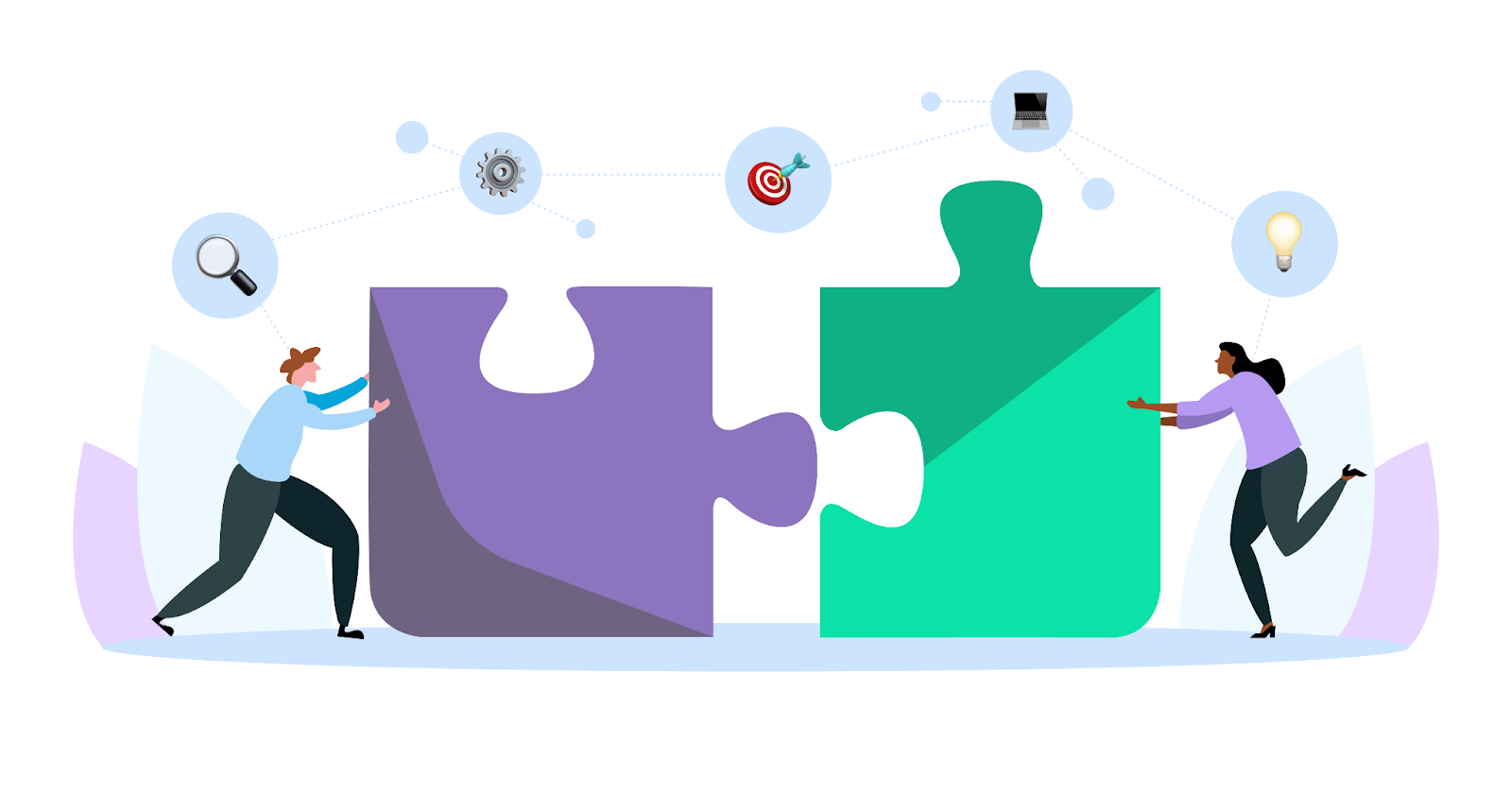
Making editorial content work harder across your marketing funnel
Editorial content is both art and science. You may think of yourself as the Hemingway of the 21st century (at some point every writer thinks they are) but without the right strategy, research, tactics, and marketing experience to steer and shape that content, your words will fall on deaf ears.
That is why we believe the cornerstone of any editorial strategy is the ‘content marketing funnel’. In essence, it is about targeting the right audience with the right editorial at the right time. Without it you’re reducing your chances of reaching a new audience.
It’s worth keeping in mind that the real work begins once you finish writing. That’s when the real battle starts – refining, positioning, and ensuring your words reach the right audience at the right time.
The fundamentals of marketing
The marketing funnel is typically divided into three descending stages: Awareness, Consideration, and Conversion. (Nouveau marketers will tell you there’s a fourth stage – loyalty/advocacy – and they’re not wrong, but that’s something for another day.)
At each stage, content will appeal to a smaller, more ‘qualified’ audience, hence the funnel shape. As you’ve likely deduced, we’re appealing to a different reader mindset at each stage. It’s our job to nurture enough interest, appeal, and relevance to massage readers along that mental journey.
- Awareness: At the top our goal is to make readers – you guessed it – aware of your brand. This is completely green field territory. We’re just trying to establish a mental image of who we are as a brand, what we do (roughly), and what we stand for. That way, when a relevant opportunity arises, we as a brand are already at the front of mind.
- Consideration: Here we’re starting to zero in on specific challenges and pain points. The reader is considering your brand as one amongst many for some form of commitment. Said commitment may not be in the immediate future, but the idea of one is certainly beginning to form. Do not underestimate the size of the gap between awareness and consideration. In the awareness stage the reader may not even be looking to purchase anything – and that’s fine! If there’s some form of consideration happening, there’s been a marked shift in attitude and motivation.
- Conversion: It is at this stage that we want readers to go on to click “add to basket” or “speak to one of our sales team”. They won’t necessarily be doing so from these precise pieces of content, but our objective is to provide the final nudge that pushes readers over that threshold.
The challenge, especially with longer form editorial content, as opposed to other digital marketing, is that the lines between phases can blur. There are shades of grey, with content potentially straddling two sides, or serving multiple purposes. Understanding how to successfully leverage it has a lot to do with how the content is presented within a wider context.
Getting tactical
When we say ‘content’ we’re not just thinking about editorial content. Audiences now expect a wealth of different approaches, from video and podcasts, to social assets and interactive webpages.
At any one given time, only 3% of an audience is actively looking to buy. Therefore, the window of opportunity to convert is very small. The best content works to educate, entertain, and prime an audience for when it is in that buying mode.
But which content type works best
Awareness
At the awareness stage of the marketing funnel, readers are casting their net wide, looking to get a general idea for a topic or product. As a result, you want your content to tap into relevant points of interest. The content is informative and educational, typically outwardly focused (i.e. not talking about yourself) on a topic related to your brand but is more general in tone. At this stage we’re most interested in reaching as many relevant readers as possible. As such, content wants to be of broad(ish) appeal and shareable, aligning with current trends.
When considering editorial content for ‘awareness’ think about:
- Opinion Editorials: Very much an industry standard, as such editorial showcases a company’s expertise and forward-thinking perspectives on industry issues. They establish the brand as an authority and innovator, often addressing emerging trends and offering strategic advice without leaning too heavily on the brand itself.
- Blogs: Your brand’s blog is where you have the most creative freedom to express yourself. Content here can serve almost any stage of the funnel so it’s important to approach drafting these articles with a clear objective in mind. In terms of awareness, this is where you really want your values and interests to shine through more than anything. Readers are already on your website and want to know more about your brand and where you think certain trends are headed. Remember, we still want to be outward facing with our content. While you could include some product references here, each time you do you diminish your chances of that blog being shared with a wider audience, or risk simply turning off the reader.
- Press/news releases: Press releases are where 99.9% of the day’s business news comes from. A well told story drives headlines and is arguably the most effective way to build initial awareness. If the news is based on research, even better. We’re now talking about an outward facing topic that has far broader appeal than your typical product launch or financial update. This research can also contribute toward a substantial number of wider use cases across marketing, sales, and even R&D.
Consideration
If we were to use another word to describe this stage it would be differentiation. We’ve deduced that the reader has progressed into a more motivated phase. Still not a potential lead at this stage, but certainly warmer. In this stage it is our editorial job to differentiate your brand (and its products/services) from the rest of the pack. Consequently, our content’s positioning can turn slightly more inward, focusing on how best to solve specific challenges from a solutions perspective. We might even talk about work we’ve done with other people or brands, but keeping them firmly in the spotlight.
In terms of content types there are several new tools available to us. Therefore we typically turn to:
- Whitepapers: Publishing an industry specific report, ideally backed by new research, can build a lot of credibility when well written. They let you explore a highly relevant topic in-depth while presenting solid, if not exhaustive reasoning as to why your suggested approach is best. As well as providing the basis for news releases, opinion editorials, blogs, and other digital assets, they can be lead-generating when presented as gated assets.
- Case studies: If show don’t tell is the best method of storytelling, case studies are the gold standard. Not only are you showing off how you did something, it’s good enough that another brand would endorse it. These work equally well at the conversion end of the funnel with a bit of tailoring. What’s more, they don’t need to be just words on a page, video, social assets, even an infographic can tell the customer study.
- Emails/newsletters: If a reader is at the consideration stage, chances are they have signed up to your mailing list. The challenge here is to consistently add value and to not over do it. Quality, not quantity. A lot of the time, they may still be in the initial awareness stage and just like your content. So don’t push too hard on the sell, keep things more top level and interest focused. If they want to know more, they’ll click.
- Comparison/Pros and Cons assets: Content that compares your products or services with competitors can be powerful assets. They must, however, remain neutral in their critiques of other market options. You want to come across as professional, factual, and unbiased (even though it’s on your website!). Let the reader draw their own conclusions if you can.
Conversion
The challenge with all conversion content is tailoring it to your audience’s conversion (often purchase) driver. Where even in the consideration stage topics would have been looking at relatively broad themes or industry challenges, here we want to be talking to this person’s specific needs and motivators. As a result, you’ll have a shorter, punchier copy, but a more diverse range of it to draw on (in terms of topics) for targeting.
It may be that you’re using relevant excerpts from broader assets, such as whitepapers, or developing a series of audience relevant landing pages that speak to niche criteria.
- Landing pages: These will be destination pages as part of your wider marketing campaign. Through its lead-gen you’ll have segmented your readers and so serving impactful, concise destinations (that have been A/B tested!) that are tailored to their needs, along with clear calls to action, are the name of the game here.
- Testimonials: Like case studies (which are just as relevant here as they were in consideration), testimonials provide much needed external validation. When drafting these (as you often shall) really try to tailor it to mention the specific solution/product and the direct benefits they felt.
- Tailored fact sheets: These “one-pagers” spell everything out in black and white for the reader in a truly tailored fashion. As they’re highly shareable, readers can easily ping them to peers for second opinions and validation.
- Demos/How-to guides: Where at awareness we’re talking generally about how to solve X theme, here we’re talking specifically about precise challenges and how your brand’s particular solution solves it, usually in 5 easy steps. “Start solving X, today”. Click.
Keep evolving
Developing a meaningful content strategy is not a one-and-done endeavour. As well as all the positioning, messaging, audience research, analysis, segmentation, testing, and tracking you’ll need to put in place – not to mention mapping it to your wider marketing and digital plans, it’s vital that you keep some form of feedback loop going. Maintaining a strong pipeline of content that speaks to what is relevant today is very different from what was three months ago.
If you’d like to learn more about how Archetype develops its award-winning content strategies, get in touch.



